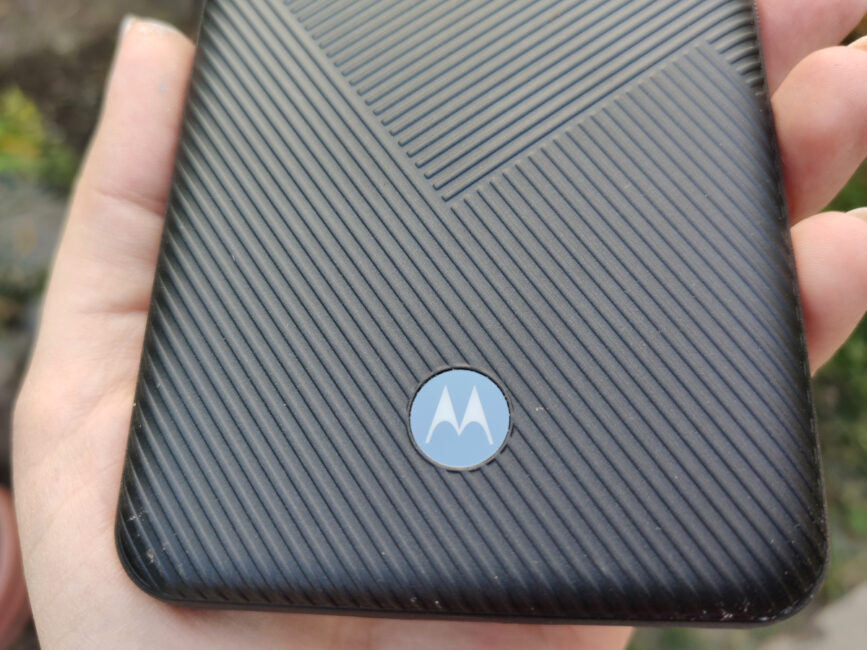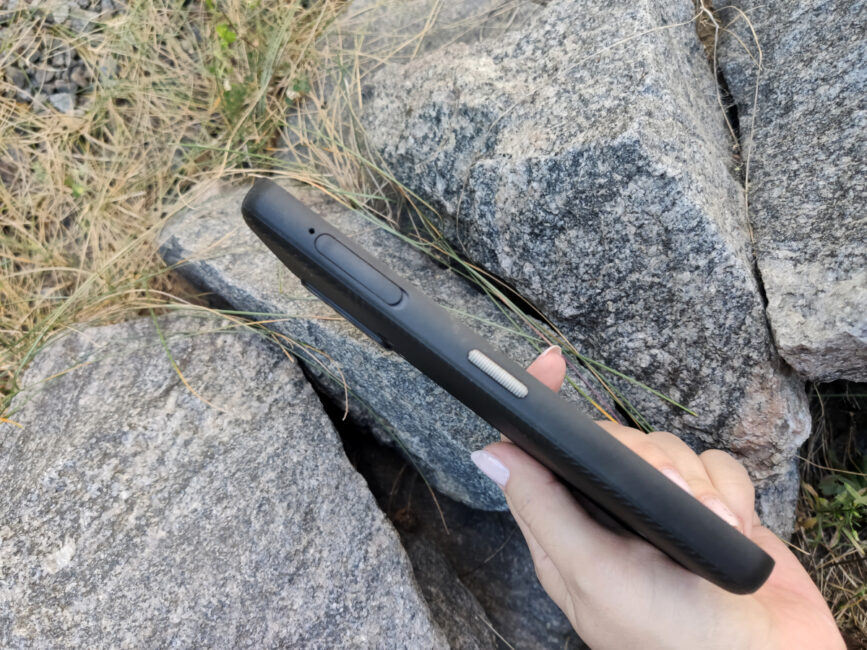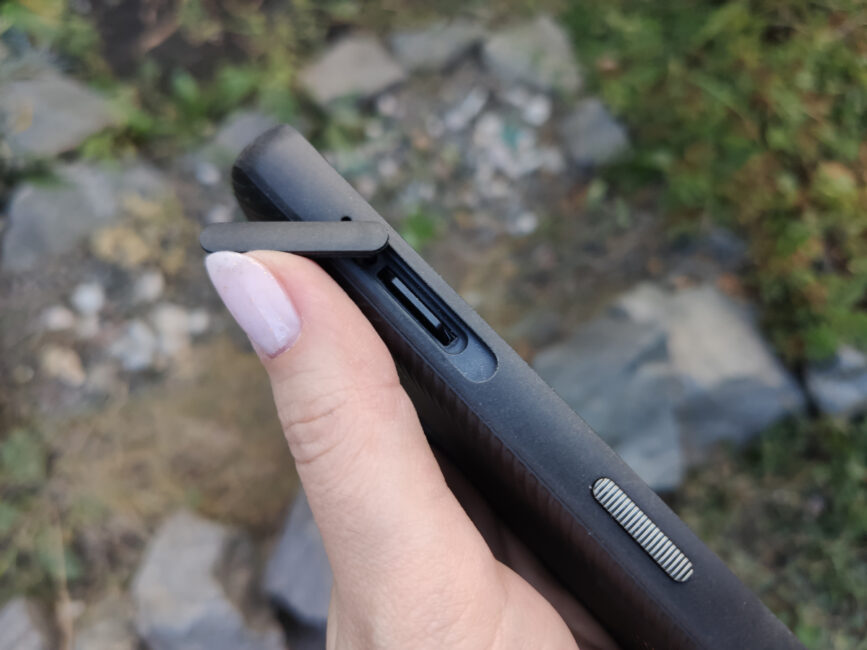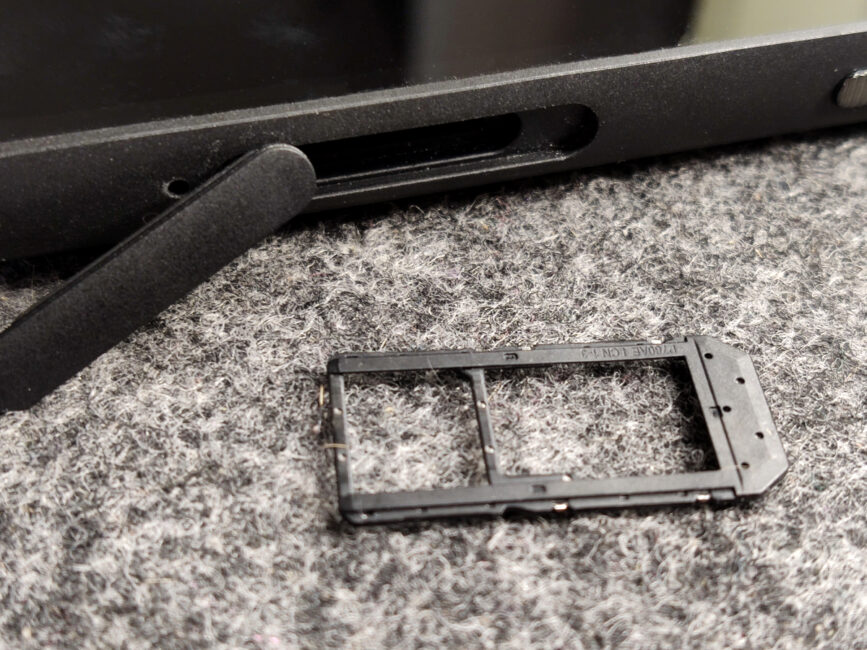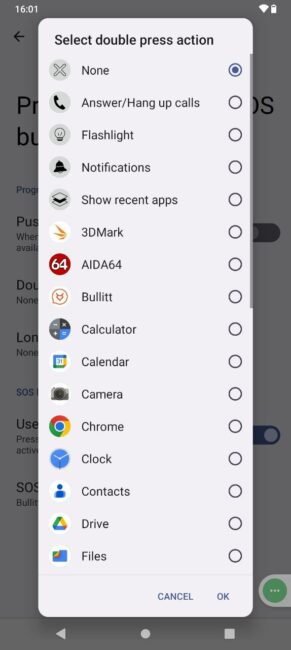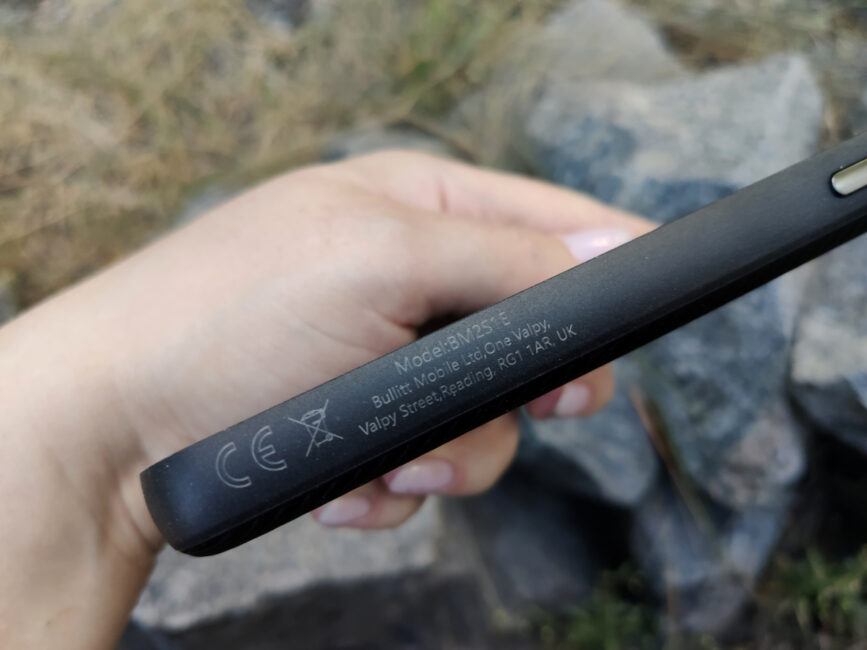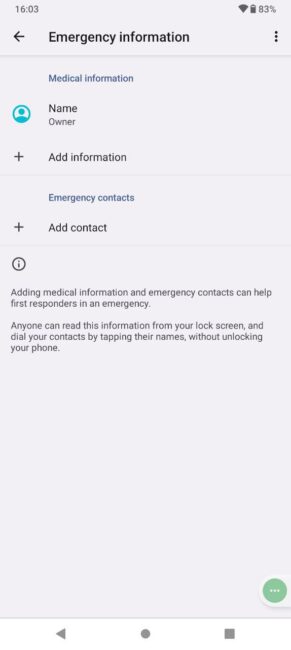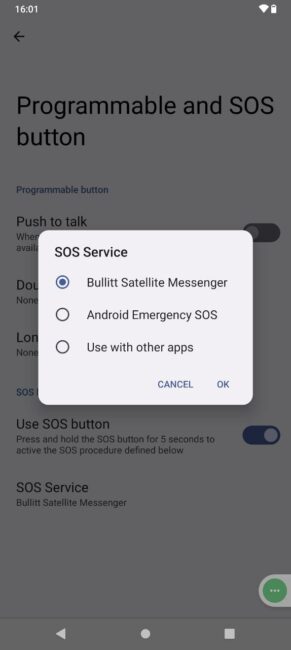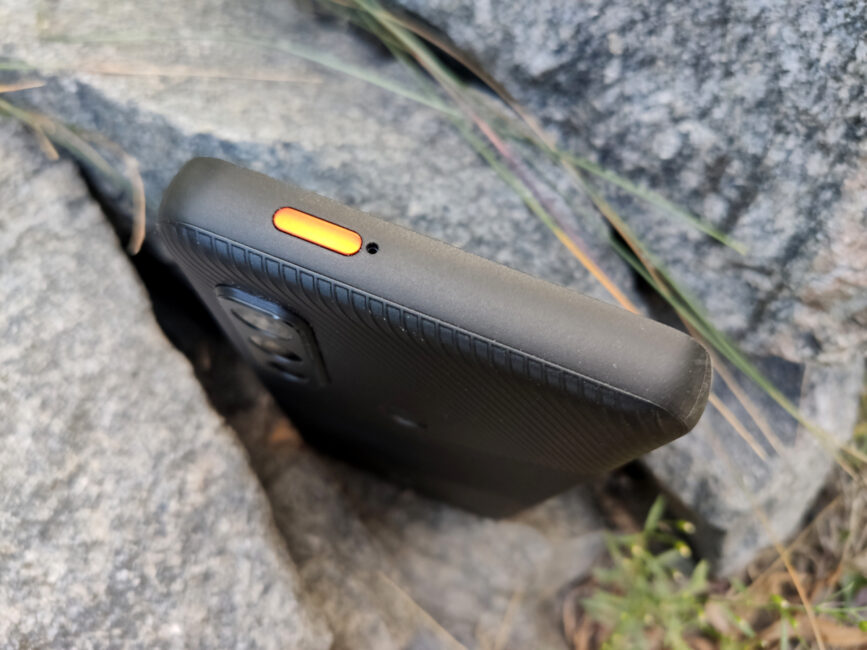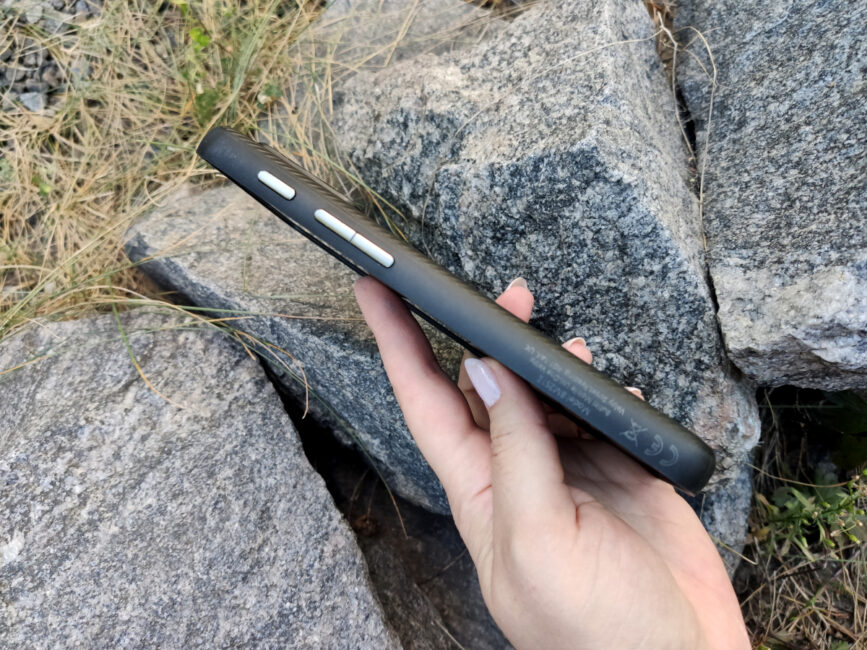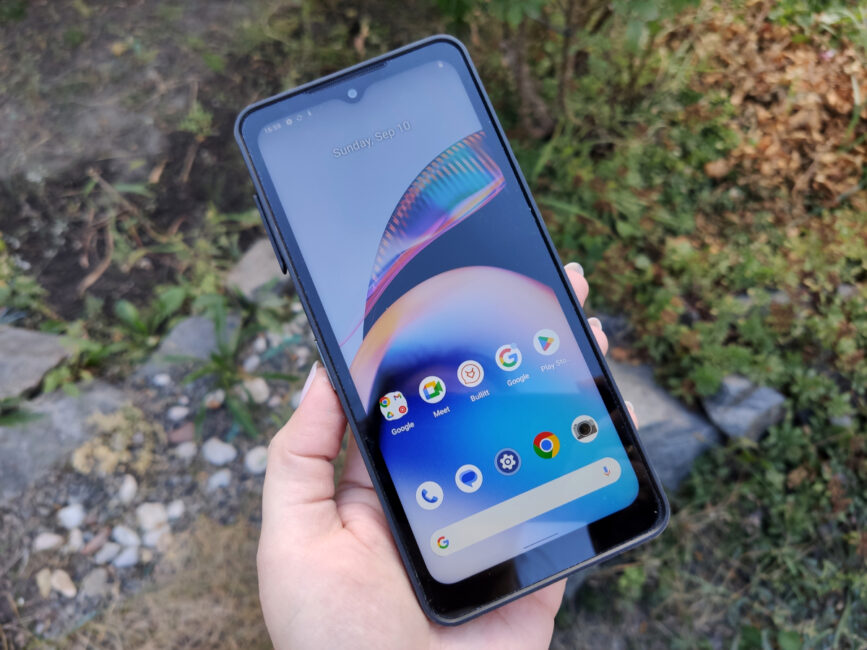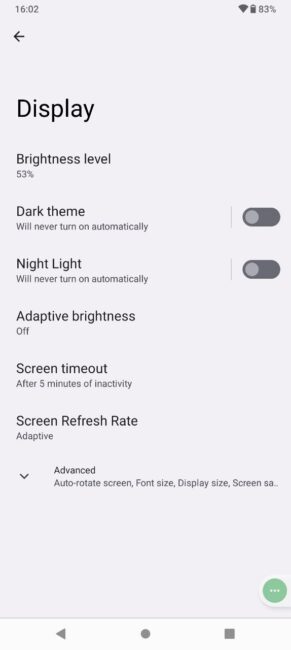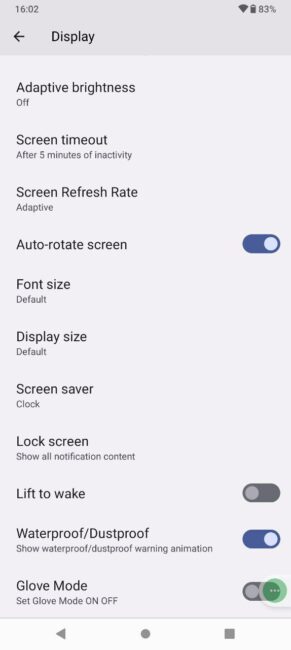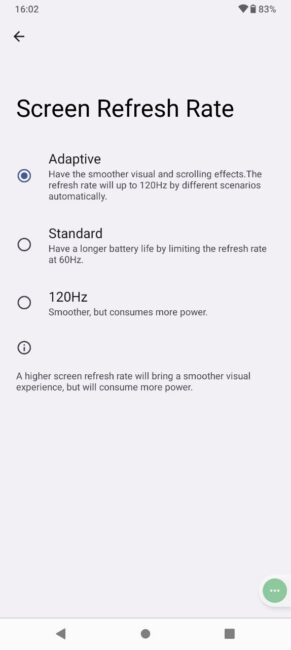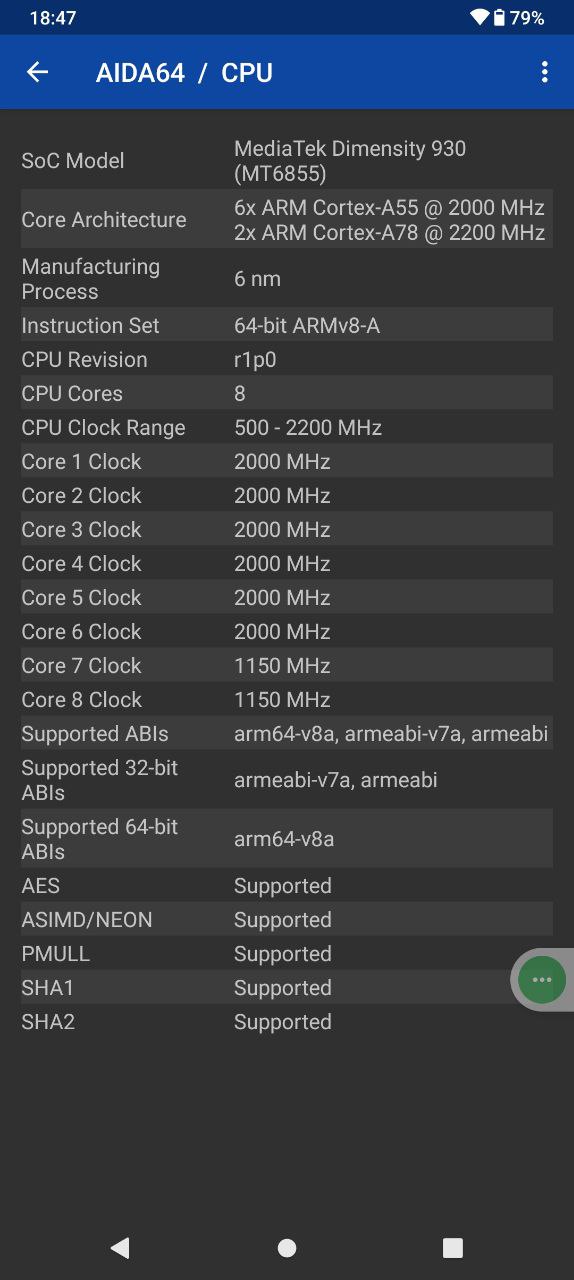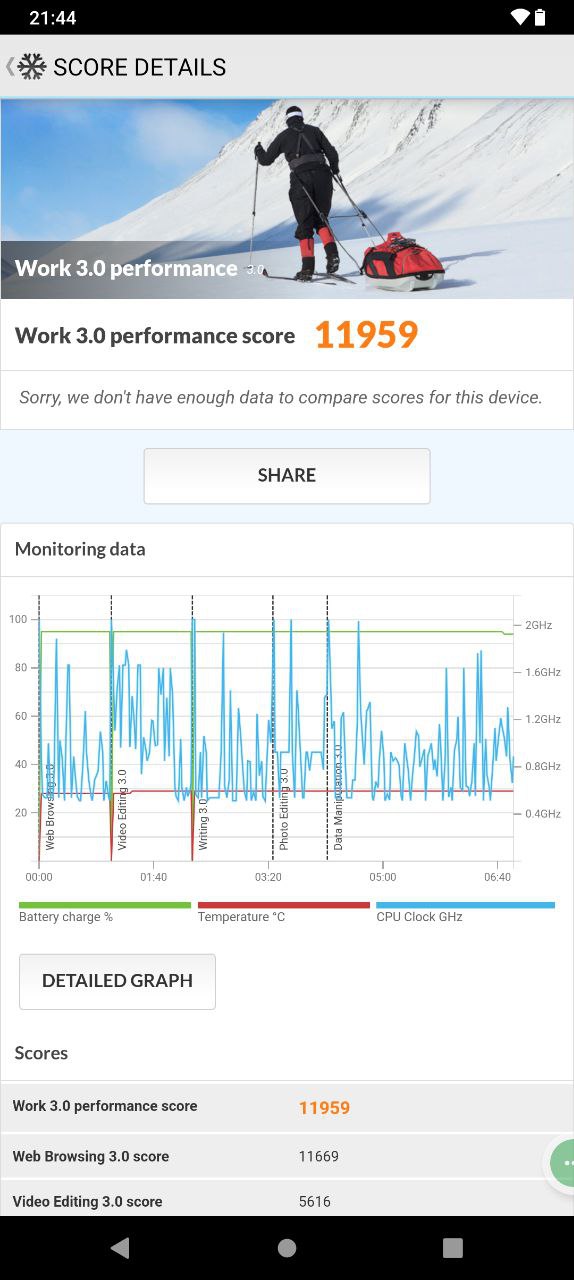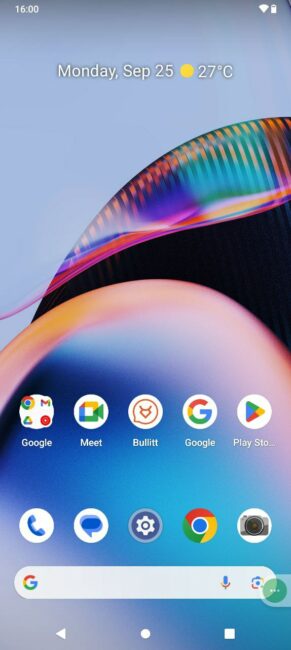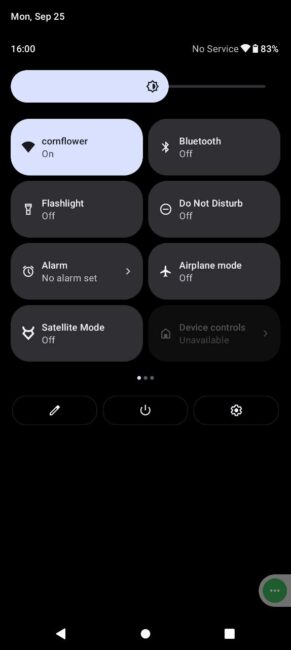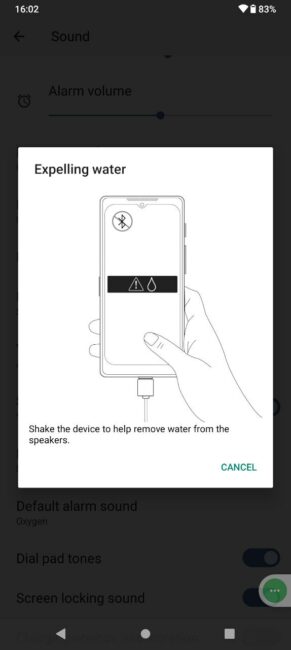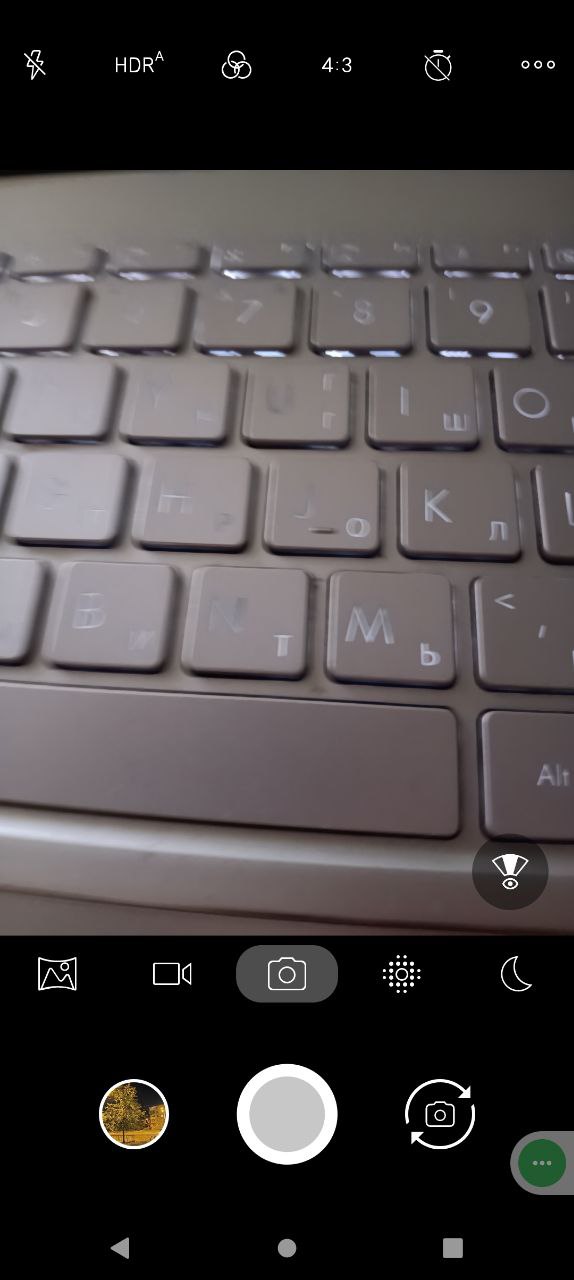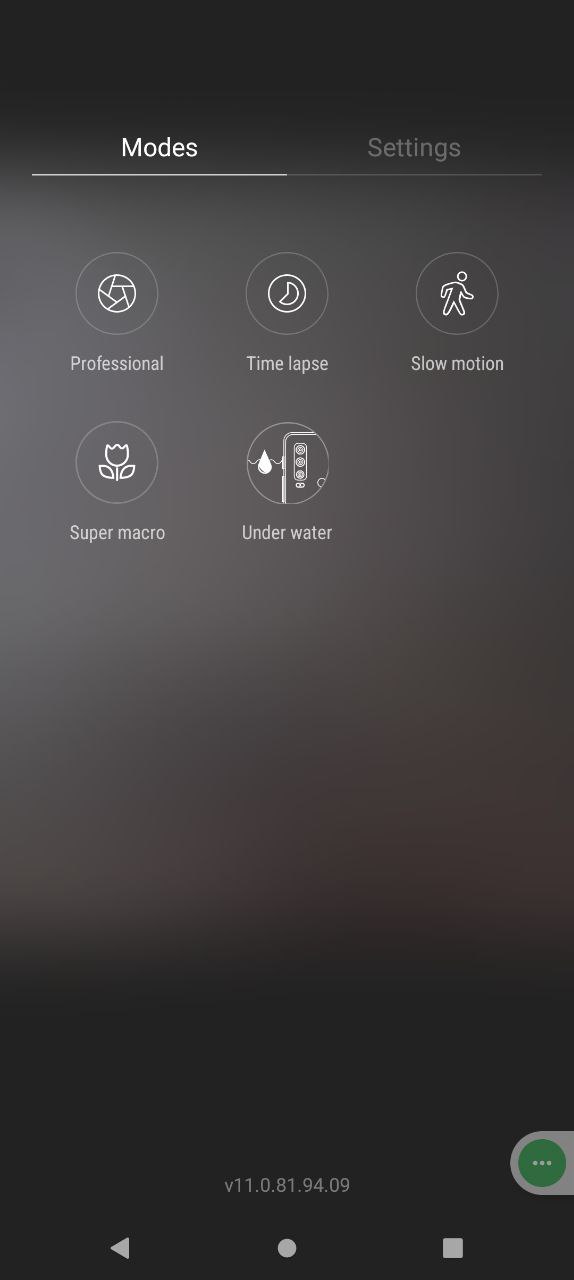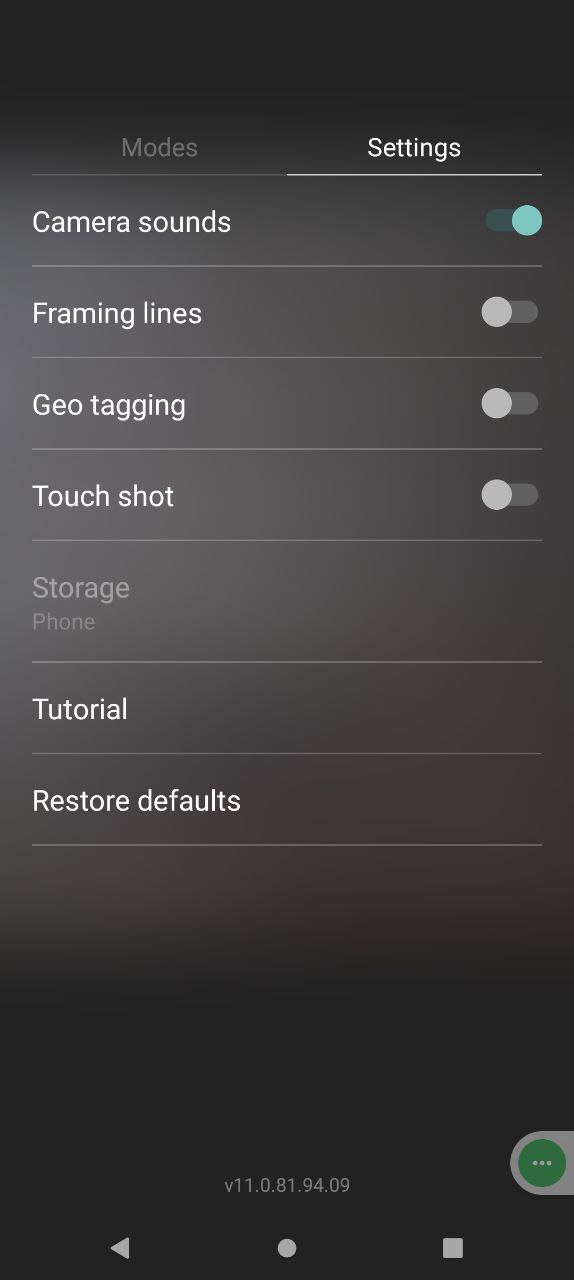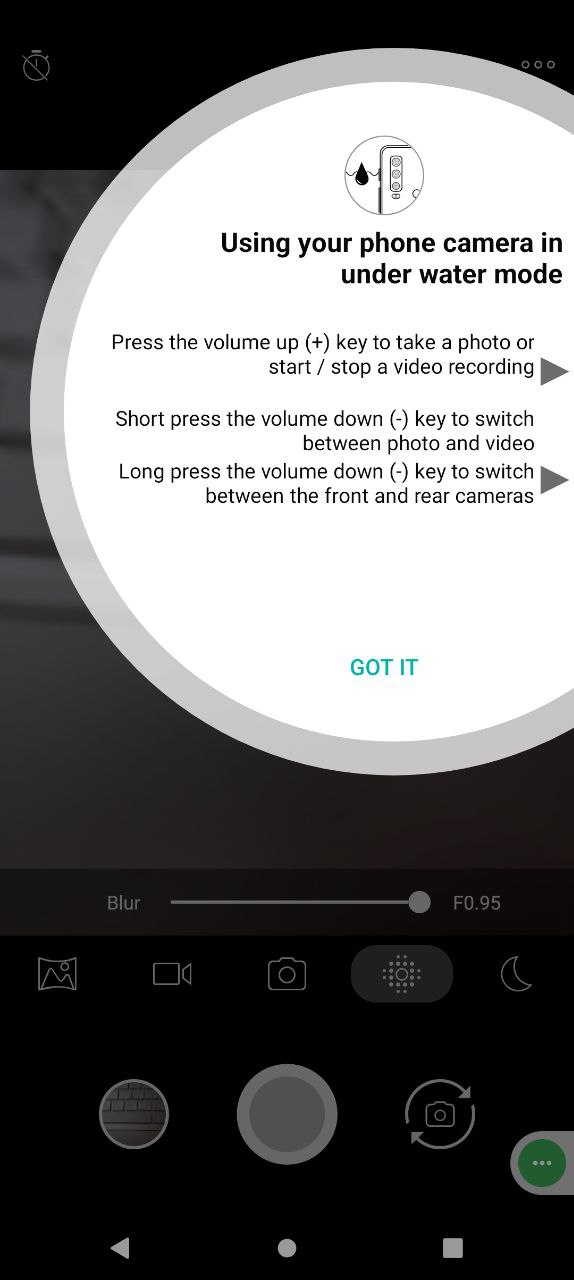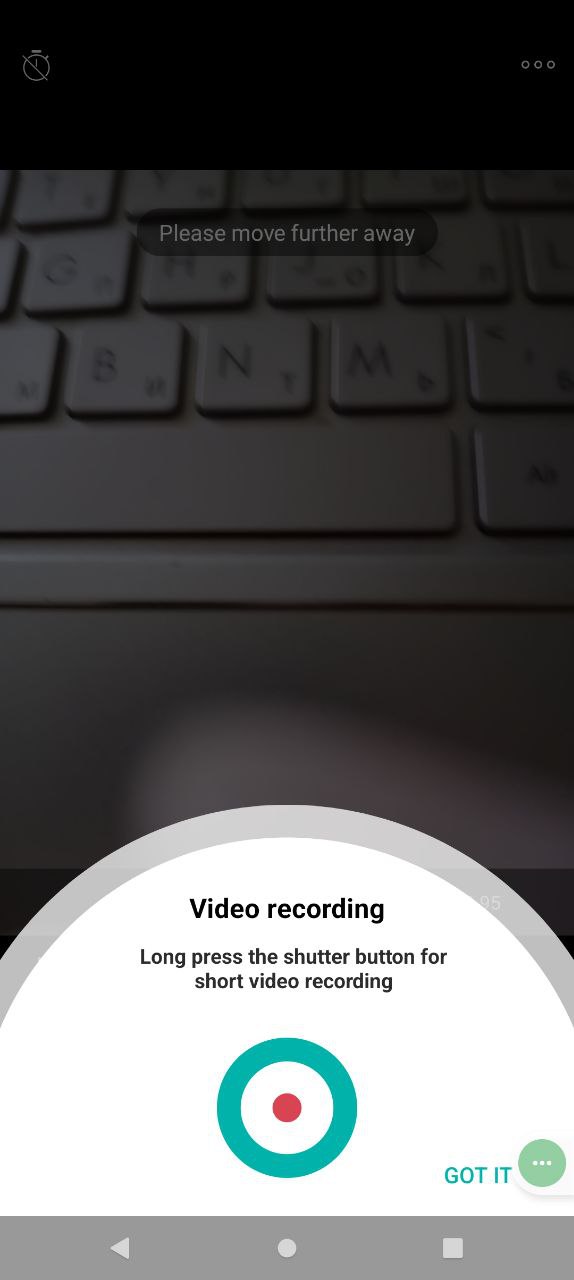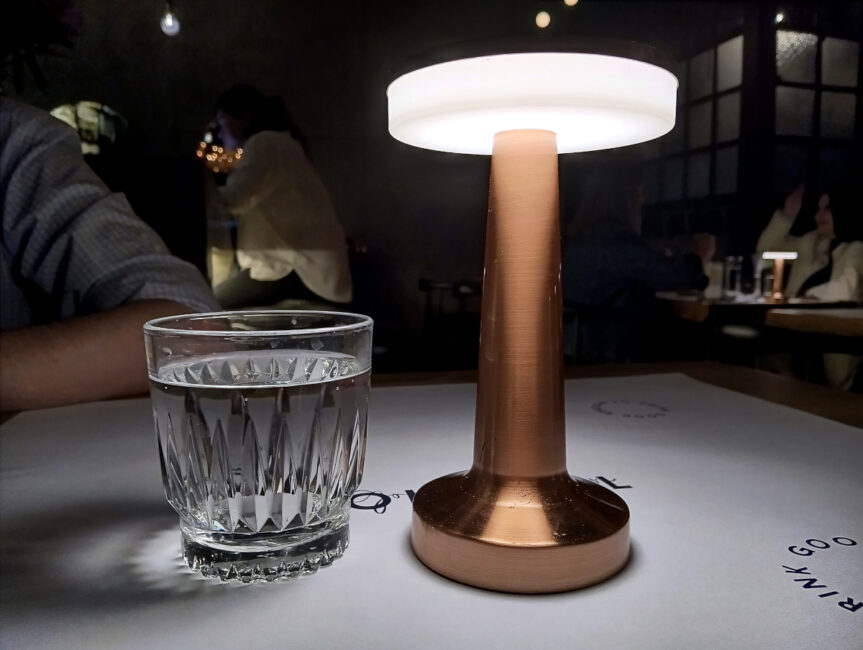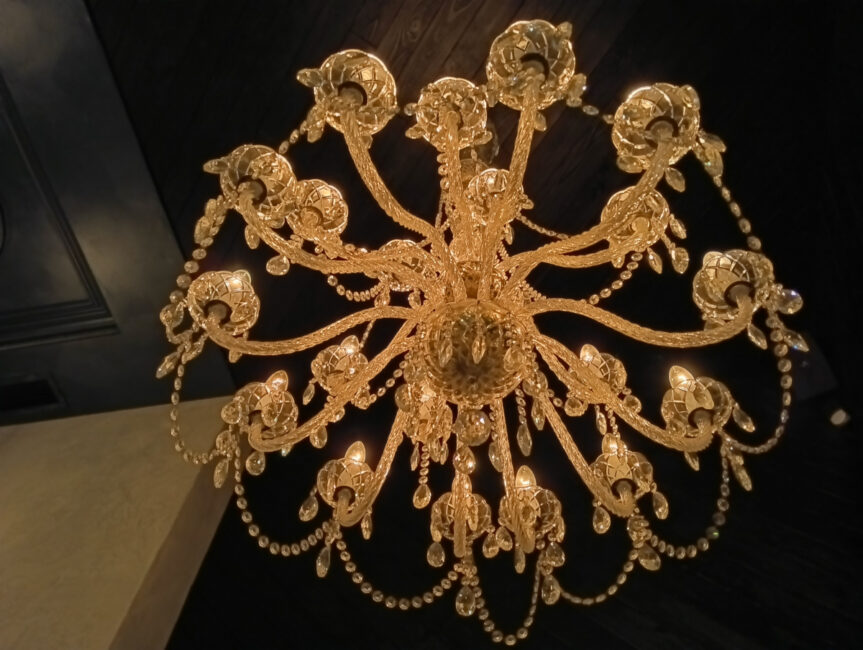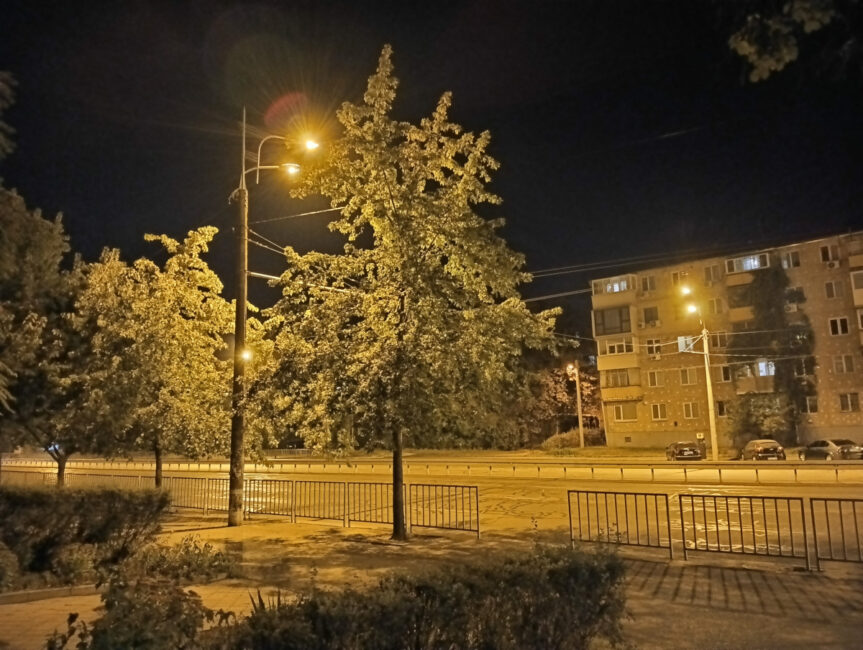Today we are going to get acquainted with the Motorola Defy 2 rugged smartphone. It was developed jointly by Motorola and Bullitt – a company that provides satellite communication services and already has experience in creating mobile devices in collaboration (for example, with Caterpillar). The main feature of Defy 2 was, of course, its “armour” – it received the maximum protection from dust, water and dirt, which is only found in modern user devices, and also complies with American military standards MIL-STD-810H, resistant to shock, vibration and temperature differences. It also supports satellite communication, which comes in handy for those who occasionally go somewhere beyond mobile coverage.

But at the same time, the device is still the smartphone we are used to – with a nice screen, not bad “stuffing” and cameras, considerable autonomy and even support for wireless charging. It looks interesting, doesn’t it? So let’s not hesitate and see what interesting things Motorola Defy 2 offers.
Read also:
- Motorola razr 40 Review: What is the cheapest folding smartphone capable of?
- Review Motorola’s proprietary apps and features
Motorola Defy 2 Specifications
- Display: IPS, 6.6″, FHD+ (1080×2404), 120Hz, 400 ppi, 20:9, Gorilla Glass Victus (0.8mm) protection glass
- Processor: MediaTek Dimensity 930, 8 cores, 6×Cortex-A55 (2GHz) + 2×Cortex-A78 (2.2GHz), 6nm
- GPU: PowerVR BXM-8-256
- Storage: 128GB
- RAM: 6GB
- MicroSD support: yes
- Slot: combined (nanoSIM + SatSIM/microSD/nanoSIM)
- Connectivity: 2G, 3G, 4G, 5G, satellite communication
- Wireless networks: Wi-Fi (2.4 + 5 GHz), Bluetooth 5.2, NFC, GPS, A-GPS, A-GPS, Dual GPS, Galileo, GLONASS
- Main camera: 50MP (f/1.8) + 8MP wide-angle + 2MP macro
- Front camera: 8 MP (f/2.0)
- Battery: 5000 mAh, Li-pol, Power Delivery 15W charging power, wireless charging
- OS: Android 12 (upgradeable to Android 14)
- Dimensions: 171.0×80.0×11.9 mm
- Weight: about 268 g
- Extras: IP69K dust, dirt and water protection standard (withstands immersion in 5m water for up to 35 min), shock protection (drop up to 1.8m on steel), MIL-STD-810H
Price and positioning
At the time of writing this review Motorola Defy 2 is not yet on sale – it is expected this autumn. But on the official website you can already make a pre-order at the price of $790. Of course, it doesn’t reach the price tag of top AGM protected devices (there are models more expensive than $1000), but it sells quite cheap. Although to be fair, it should be noted that pricing in the field of protected smartphones has always stood apart from ordinary smartphones. With the same “hardware” the former will always cost more, because the “armoured” body is more expensive than just a nice piece of plastic. Therefore, we will not compare prices between ordinary and protected devices – it does not make much sense. But to see what you can get in Defy 2 for this money, we’d love to.
Motorola Defy 2 design and materials
 Defy 2 from the first seconds of acquaintance gives the impression of something monumental and reliable. In fact, this is exactly the feeling a serious rugged smartphone should evoke. When you take it in your hands for the first time, it seems as if it is dressed in an “armoured” case. But no, it is the device itself – big, a bit thicker and heavier than the average device. At the same time, it has a rather intelligent design and does not try to look too brutal and aggressive, as other manufacturers of protected gadgets often sin by adding unnecessary decorative elements to them.
Defy 2 from the first seconds of acquaintance gives the impression of something monumental and reliable. In fact, this is exactly the feeling a serious rugged smartphone should evoke. When you take it in your hands for the first time, it seems as if it is dressed in an “armoured” case. But no, it is the device itself – big, a bit thicker and heavier than the average device. At the same time, it has a rather intelligent design and does not try to look too brutal and aggressive, as other manufacturers of protected gadgets often sin by adding unnecessary decorative elements to them.
The Defy 2 weighs 268g and its dimensions are 171.0×80.0×11.9mm. Its body combines metal, a pleasant to the touch and slightly soft polymer, which can probably additionally soften the impact when dropped, and Gorilla Glass Victus protective glass with a thickness of 0.8 mm. Notably, the materials have antimicrobial properties. Even 5 years ago it would have looked like a marketing chip, but not now. Although in Ukraine Covid-19 is no longer perceived as a serious threat, but today we all understand how important it is to protect ourselves from any pathogens and viruses to the maximum.
 The “back” is textured with diagonal lines, which reminded me a lot of ThinkPhone. True, the Defy 2 has a more pronounced and voluminous texture, but you can still see the general concept of the brand, because ThinkPhone also received a considerable level of protection. Not as much as the Defy 2, but for a business class smartphone it’s pretty impressive.
The “back” is textured with diagonal lines, which reminded me a lot of ThinkPhone. True, the Defy 2 has a more pronounced and voluminous texture, but you can still see the general concept of the brand, because ThinkPhone also received a considerable level of protection. Not as much as the Defy 2, but for a business class smartphone it’s pretty impressive.
The top right corner houses the triple main camera with dual flash. The fingerprint scanner is also on the back, and the company logo is placed below at the same level as the fingerprint scanner, although previously Motorola often combined these two elements (scanner and logo).

At the front, there is a 6.6-inch screen framed by rather wide bezels. No matter how much you would like to see them more elegant, this is a forced measure to keep the “stuffing” unharmed in unpredictable situations. By the way, the side ends are slightly elevated above the screen, which provides the display with additional protection. The front camera is placed in a drop-shaped cutout. On the sides of it at a certain viewing angle you can notice several holes for sensors (proximity, lighting), and the speaker (it also serves as an additional speaker to the main one) is traditionally located at the junction between the protective glass and the upper end.

Read also:
- Motorola Ready For app review: Smartphone as a computer
- Motorola Moto G13 review: classic budget phone up to $135
Unlike most smartphones, the elements and their arrangement here are not quite standard. To the left of the screen there is a combination slot, a microphone hole and a multifunctional button.
There is no quick way to get to the slot – you’ll need tweezers or something like that. Although it would be cool if under the rubber plug somewhere close to the slot itself they placed a classic hole for a key, as they do in ordinary smartphones. But we have what we have.
The multifunction button can be programmed for quick access to various applications by double or long press, or can be used to talk in walkie-talkie mode (Push to talk).
On the opposite side are the volume buttons and the power button, which for some reason was placed on top. To be honest, this is a rather atypical placement and I was constantly trying to unlock the device by pressing the volume down button out of habit during testing. It will probably take you some time, as it did me, to retrain yourself. You can also see the technical labelling below the buttons.
The top has a hole for another microphone and a “red button” or SOS button. This can be used either via Bullitt Satellite Messenger (if you are a Bullitt Satellite Messenger customer), Android Emergency SOS or other apps.
At the bottom there is a Type-C charging connector and a speaker with a rather small grille. The speaker is located on the right side, and on the left side there is just a symmetrical grille for beauty.
Ergonomics
Despite its size (compared to conventional smartphones), the Motorola Defy 2 feels quite good in the hand. Thanks to the combination of materials and textures, the device does not slip in the palm of your hand and is well fixed. It can be operated with one hand just like most other smartphones – you can reach the bottom half of the screen with your thumb without any problems, but for everything else you can’t do without a second hand. However, there is a one-handed control mode, which “halves” the display, reducing the scale. It is not very convenient, but if you really need it, why not.
But the placement of the power button… It is almost impossible to reach it while holding the smartphone with one hand – it is too high. Of course, there is an option not to use the button for unlocking, and choose, for example, the fingerprint scanner. But what about the lock? There’s no way to do it with one hand. It may not be such a problem, but if it were in the usual place, under the volume buttons, it would be much easier. This move by Motorola remains incomprehensible to me.
Degree of protection
This is the point worth talking about separately. Defy 2 has, perhaps, the maximum level of protection by the standards of modern user devices. Here we have IP69K, which allows you to immerse the smartphone in water to a depth of up to 5 m (up to 35 min) and makes the smartphone resistant to dust and dirt, there is protection against shocks (the smartphone can withstand a fall on steel from a height of up to 1.8 m), as well as compliance with the American military standard MIL-STD-810H, which includes a whole complex of various protections.
 Thus, the device has been tested for durability in many parameters – for bending and assembly, resistance to vibration, repeated drops on either side, operability of mechanical buttons, operation in high humidity and at rather severe temperatures. By the way, it is able to work for a day in the temperature range from -30°C to +75°C – impressive, isn’t it? An additional bonus – the smartphone can be easily washed under water even with soap and water and treated with alcohol-containing liquids (the same sanitiser that is probably in every bag or rucksack today). If a smartphone falls into a puddle, there is no problem to wash it under the tap (at least with soap, or so), wipe it with a napkin (or more roughly – just against your trousers) and use it further. It’s a bit out of the question, as we don’t usually bathe our smartphones, but it’s a very cool thing. I checked it out.
Thus, the device has been tested for durability in many parameters – for bending and assembly, resistance to vibration, repeated drops on either side, operability of mechanical buttons, operation in high humidity and at rather severe temperatures. By the way, it is able to work for a day in the temperature range from -30°C to +75°C – impressive, isn’t it? An additional bonus – the smartphone can be easily washed under water even with soap and water and treated with alcohol-containing liquids (the same sanitiser that is probably in every bag or rucksack today). If a smartphone falls into a puddle, there is no problem to wash it under the tap (at least with soap, or so), wipe it with a napkin (or more roughly – just against your trousers) and use it further. It’s a bit out of the question, as we don’t usually bathe our smartphones, but it’s a very cool thing. I checked it out.
The degree of protection makes it clear that Motorola Defy 2 will be a reliable companion anywhere and, practically, in any conditions. It will definitely come in handy for those who work in production (especially in hot shops or cold rooms), quarries or construction, are engaged in extreme sports, like to conquer mountain peaks or travel to the wild places of our planet. In the realities of war, it is impossible not to say that such a device will be very useful to those who are now defending our country from the occupants, engaged in volunteer work or saving lives in “grey” zones and hot spots.
Read alsо: Motorola Edge 40 Pro review: Moto in the game
Motorola Defy 2 Screen
The Defy 2 has a 6.6-inch IPS display with FHD+ (1080×2404) resolution, 400 ppi and 20:9 aspect ratio. The screen also supports refresh rates up to 120Hz, and in the settings you can choose between three display modes – 60Hz, 120Hz or Adaptive mode, which allows you to balance animation quality and autonomy.
 The screen is protected by 0.8 mm thick Gorilla Glass Victus. Probably, it is because of the thickness of the glass that even at some deviation from the right angle there is some darkening of the image. But the information is still readable, because the viewing angles are maximum. Colour rendering is pleasant, natural, but you can’t change the colour mode. In the settings, you can switch on the dark theme, adaptive brightness, set the shutdown time, choose a screen saver and configure the locked screen. There’s also a function to activate the screen when lifting the phone, enable an animation with tips on dust and water protection, and a glove mode that makes the sensor more sensitive.
The screen is protected by 0.8 mm thick Gorilla Glass Victus. Probably, it is because of the thickness of the glass that even at some deviation from the right angle there is some darkening of the image. But the information is still readable, because the viewing angles are maximum. Colour rendering is pleasant, natural, but you can’t change the colour mode. In the settings, you can switch on the dark theme, adaptive brightness, set the shutdown time, choose a screen saver and configure the locked screen. There’s also a function to activate the screen when lifting the phone, enable an animation with tips on dust and water protection, and a glove mode that makes the sensor more sensitive.
Performance and wireless connectivity
As for the “hardware” we have the following picture. The processor here is an 8-core Dimensity 930, made by the 6 nm process. Of the 8 cores, 6 are Cortex-A55 with clock speeds up to 2 GHz, and a couple more are Cortex-A78 with 2.2 GHz. PowerVR BXM-8-256 is responsible for the graphics. Flash memory here is 128 GB, RAM – 6 GB, and there is also support for microSD. But the Defy 2 has a combined slot, where one place is intended for the main nanoSIM, and the second can be given for microSD, another nanoSIM or SatSIM – a card for satellite communication. Wireless connections are full of stuffing: Wi-Fi 5, Bluetooth 5.2, NFC and a bunch of services for geopositioning (GPS, A-GPS, Dual GPS, Galileo, GLONASS).
 That is, we get a sturdy device of medium level. It copes with multitasking without any problems, it works fast and smoothly, during the testing there were no problems in work at all. For games it is also suitable, not for all and not at maximum, but most modern toys it will win without questions. If, of course, you plan to spend time on them, because protected devices are usually chosen for other tasks. But yes, you can play a little game in the evening in a tent somewhere on the horns of hell.
That is, we get a sturdy device of medium level. It copes with multitasking without any problems, it works fast and smoothly, during the testing there were no problems in work at all. For games it is also suitable, not for all and not at maximum, but most modern toys it will win without questions. If, of course, you plan to spend time on them, because protected devices are usually chosen for other tasks. But yes, you can play a little game in the evening in a tent somewhere on the horns of hell.
Communication types
Motorola Defy 2 is, first and foremost, a universal “communicator” that supports the main communication standards, including a module for satellites:
- 2G: 2/3/5/8
- 3G: 1/2/4/5/8
- 4G: 1/2/3/4/5/7/8/20/28/32/38/39/40/41
- 5G: n2/n5/n25/n26/ n28/n38/n41/n48/n66/n70/n71/n77/n78
- Satellite communication: 23/255/256

As the Defy 2 was created by Motorola in conjunction with Bullitt, it is possible to buy one of the company’s tariffs and use satellite communications where there is no mobile network coverage. The cheapest tariff will cost £4.99 a year, which will provide 30 satellite SMS per month, as well as access to 24/7 SOS help. But it’s very likely that such a subscription will already be included when you buy a Defy 2, allowing you to test out the satellite capabilities straight out of the box.
Read also: Motorola Edge 40 review: the one that’s “top for its money”
Software
The Motorola Defy 2 runs on pure Android 12, which is common to all Moto devices. But the official website also says that it will get two big updates to Android 13 and 14, and security patches will be updated for as long as 5 years. This suggests that when you buy the Motorola Defy 2, you are getting an up-to-date smartphone for at least the next three years.
 Unlike most Motorola smartphones, there is no separately dedicated Moto application, where all sorts of chips and gestures are collected. But some of them are still available, for example, quick access to the camera by two turns of the device in the hand, switching on the torch by “chopping” movements and others. Otherwise, everything is the same as always. No software junk, only the most important things, Google services and Bullitt messenger.
Unlike most Motorola smartphones, there is no separately dedicated Moto application, where all sorts of chips and gestures are collected. But some of them are still available, for example, quick access to the camera by two turns of the device in the hand, switching on the torch by “chopping” movements and others. Otherwise, everything is the same as always. No software junk, only the most important things, Google services and Bullitt messenger.
Unlocking methods
 Everything is quite standard here – there is a fingerprint scanner and a face scanner. There are no questions to the FaceID – it works well, quickly, almost error-free. But in my case there were questions with the fingerprint sensor.
Everything is quite standard here – there is a fingerprint scanner and a face scanner. There are no questions to the FaceID – it works well, quickly, almost error-free. But in my case there were questions with the fingerprint sensor.
Despite the fact that we have here a capacitive scanner as reliable as a Swiss watch, and at the same time there is a possibility of unlocking with wet hands, the scanner works mediocrely. Sometimes it worked the first time, sometimes – with 3 or 4 attempts, and sometimes it constantly gave a “reject” and then switched off, because there were so many attempts. After that it would just offer to come back to it later.
This pattern was observed on different prints and with dry fingers. Because of this, I mostly used the face scanner. I assume that such a problem occurred exactly in the test sample, because, well, well can not quite advanced smartphone with old as the world technology of the fingerprint scanner to give such a thing. If you see Defy 2 in person and have a chance to twirl it in your hands – write in the comments about the fingerprint scanner, it’s very interesting.
Sound
The smartphone has two speakers: one is at the bottom, the second one is combined with the talking one. Therefore, we have stereo, but partial. The main speaker is louder, so when you hold the smartphone in landscape orientation, it shouts over the talking one, which creates an imbalance. Of course, it’s not a multimedia smartphone and its speakers are pretty basic, but you won’t miss a call with them, and it can be used quite well for watching videos, talking on the phone or video calls. In pair with Motorola Defy 2 you can use Bluetooth-headsets or wired headphones through an adapter to Type-C, because it does not have a 3.5 mm jack.
 By the way, there is a chip in the settings that enables the function of water ejection from both speakers, if you have given the smartphone a bath. When you do this, a pulsed vibrating sound is emitted and an instruction appears on the screen, asking the user to shake the smartphone a bit to get rid of the liquid more effectively. For a secure smartphone, this is the way to go.
By the way, there is a chip in the settings that enables the function of water ejection from both speakers, if you have given the smartphone a bath. When you do this, a pulsed vibrating sound is emitted and an instruction appears on the screen, asking the user to shake the smartphone a bit to get rid of the liquid more effectively. For a secure smartphone, this is the way to go.
Read alsо:
Motorola Defy 2 Cameras
The main camera consists of three sensors: 50MP (f/1.8), an 8MP wide-angle and an additional 2MP macro module. However, AIDA64 shows that the resolution of the main module is 13MP, which means that the camera uses 4-in-1 pixel matching technology. Photo resolution and format can be selected in the settings, while video shooting by the main sensor is supported up to 1080p (30 fps).

If you take a look at the camera app, the following modes can be found here:
- For photos – Panorama, Photo, Bokeh, Night Shot, Pro, Super Macro and Underwater (this mode can be quickly accessed by pressing the power button three times)
- For video, Video, Slow-mo, and Timelapse.
If we talk about the quality of pictures, under the conditions of using the standard camera application we will get the result at the level of ordinary mid-level smartphones or advanced budget devices. And it is expected, because for devices protected from almost everything, cameras are not a priority parameter. If you shoot during the day, you can get quite clear and detailed pictures, with natural colour reproduction without contrast and brightness enhancement. If beauty is not enough and you want more colourful images, you can always use filters or process the photo later.
Night shots lose quality. The camera renders less detail, textures are washed out and colours become duller. This is where the night mode comes in, which, in my opinion, is very good at “pulling out” the light, adding contrast and detail to the photo. Here are a few examples. On the left – normal mode, on the right – night mode.
And a few more daytime photos.
As for macro, it’s an amateur’s trick. The camera captures details and textures quite well, but it’s far from perfect images. However, what can be demanded from a 2 MP module?
MOTOROLA DEFY 2 PHOTO IN ORIGINAL RESOLUTION
The front camera is 8 MP, f/2.0. It is very good for video communication, but it is unlikely to be used to take artistic selfies for social networks. There are also filters here, but there is no beautification – a favourite option of Chinese smartphones.
Battery life
The Motorola Defy 2 has a standard 5000 mAh battery by today’s standards. The device supports 15W fast (although, rather, accelerated) charging, and also has wireless charging with a similar 15W power.

Unfortunately, I had no opportunity to track the charging time from the native charger, because we didn’t have it in our kit, and my charger (up to 18W) charged the smartphone from 8% to 100% in about 2 hours. But in terms of battery life, the Defy 2 showed a nice result of 15+ hours of active screen at medium brightness level. In my opinion, it’s pretty good, because one charge will really be enough for up to two days of work.
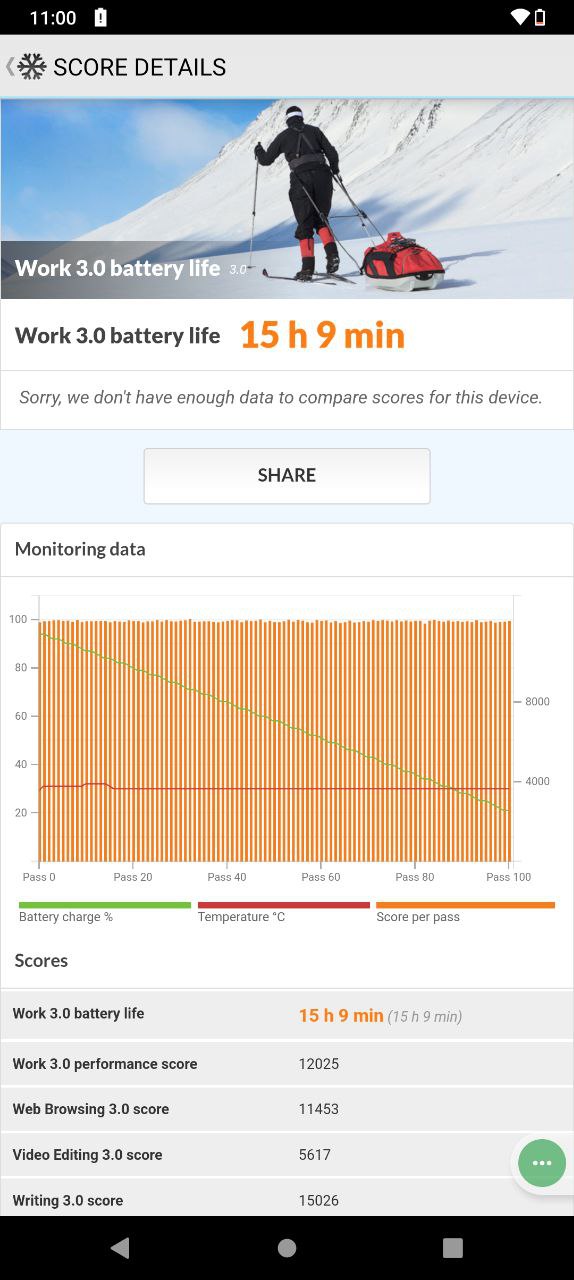
Conclusions
Is the Motorola Defy 2 a benchmark among rugged devices in 2023? In terms of ruggedness, 100 per cent. Complying with such standards as IP69K and MIL-STD-810H, withstanding a drop from almost 2 metres to the metal, remaining functional at -30°C or +75°C – it is just an armoured vehicle among smartphones. And at that, in a pretty good-looking design for its class that doesn’t try to appear more brutal than it actually is.

It’s also worth highlighting support for satellite connectivity – the perfect Plan B if you need connectivity where there is none. Also worthy of praise is the autonomy, showing more than 15 hours of active screen, and support for wireless charging, “pure” Android 12 with a guaranteed upgrade to version 14 (and security patch updates for 5 years), although not top-end, but quite fast hardware, and a nice display.
As for disadvantages – subjectively I will single out only rather high location of the power button – technically you can get used to it, but you still reach under the volume buttons. I hope that there was a good reason for this technical decision.
Read also:
- Lenovo Legion Pro 7i Gen 8 Review: a premium gaming laptop
- Review of the VOLTME Revo 140 CCA charger: GaN 140W, PD 3.1, Quick Charge 5.0, PPS


